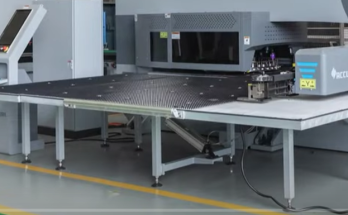Upcycling has become extremely fashionable in recent years as more and more of us try to live more sustainably, as well as assert our individuality in the way we decorate our homes. Upcycling takes many forms, from simple DIY projects to extravagant works of art by renowned designers. This article discusses some of the benefits of upcycling furniture and explains how anyone can try their hand at this fun pastime.

Cost
It should go without saying that upcycling an existing piece of furniture is far more affordable than buying something new. Many pieces of furniture are thrown out simply because they have minor damage or because they are not in fashion anymore. Almost all items can be salvaged, whether by a quick sanding down and lick of fresh paint or by more extensive re-fashioning. For example, an unloved dining table can be given a new lease of life by replacing the legs, or cutting down the existing legs and creating a stylish coffee table.
Individuality
As Period Living magazine points out, you can easily transform outdated items with some simple TLC. This means you will have truly one-of-a-kind pieces no one else owns. And when someone asks where you got your brand new designer furniture, you’ll be able to proudly tell them you created it yourself. How about upcycling an old bureau into a quirky bathroom pedestal?

And don’t just upcycle inside your home – there’s plenty you can do outdoors too. Give an old wooden chair a new lease of life by covering it in outdoor paint and using it in the garden. Transform chipped or damaged kitchen pots and pans into unique planters for your patio. Buying new bathroom roller blinds? How about turning your old bathroom roller blinds into a stylish window covering for your shed?
Environmental factors
Think of the feel-good factor you will get from revamping a pre-loved piece of furniture rather than purchasing something new. When you buy new furniture, you are responsible not just for the raw materials – be they wood, glass or something else – but also any chemicals used in the manufacturing process, as well as any air miles or road miles used to transport the finished piece to you. When you upcycle an existing piece, you are not further depleting the world’s resources or adding to pollution.



